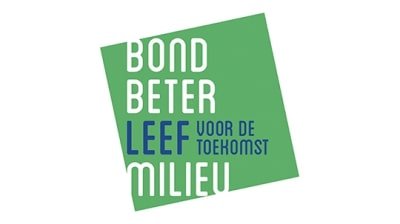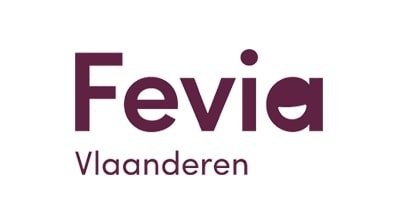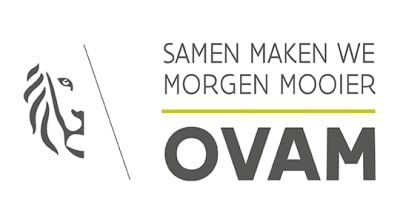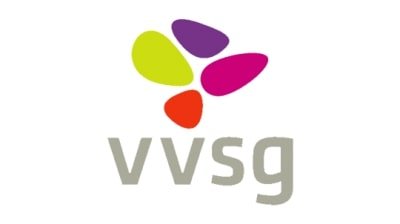Topics
We organise our actions in six thematic & strategic agendas:
Strategic Agendas:
Bio-economy
Circular Construction
Chemicals/Plastics
Manufacturing Industry
Food Chain
Water Cycles
Seven leverages provide additional support:
Leverage effects:
Lever Policy Instruments
Lever Circular Procurement
Lever Communication
Lever Innovation & Entrepreneurship
Lever Financing
Lever Jobs & Skills
Lever Research
What, why and how?
Why are we pursuing a circular economy?
Future visions 2050
How do we see our circular future?
About our management
Who steers what at Flanders Circular?
Circular facade modules
Mountable and demountable facade modules without glue or mortar
Building a house today is almost always done with new materials that are only used once: facing brick, concrete, insulation, foundation material ... At their end of life, most of them end up in the building landfill. That way of building is no longer sustainable. The youngest generation of builders realises this better than anyone, and many other players in the construction sector are also gradually getting the message.
For Franco Marchetta, circular construction is inseparable from modular construction. Thus, within a decade or so, new-build houses will largely consist of easily dismountable elements, such as fully reusable and recyclable concrete walls or façade elements.
Through this project, we want to actively pursue that modular future. We are investigating a circular façade system that is easy to handle and applicable to exterior façades made of ceramic material, concrete or natural stone. It is also a dry system: no water, cement, mortar or glue is used on site. Moreover, it is fully reusable and recyclable, and can be used on both new buildings and renovations. A neatly dismantled façade can then be offered again on a second-hand platform, while a digital building pass guarantees quality and proper follow-up.
Franco Marchetta
Partners Vandersanden Steenfabrieken, Lambrechts - Nicolaers
Sectors
Themes
Organisations
Website
MOST IMPORTANT
RESULTS
- We were able to make a good estimate of the cost of the circular façade modules and conclude that the system is no more expensive than traditionally masonry external walls. This is an important fact for its entry into today's construction market.
- We are convinced that we can use the circular façade system both for on-site use and in a prefabricated environment. That versatility in use is a big plus.
- The facade modules are reusable after a first life, provided a small manipulation where the product is refreshed. It is then digitised and made available on a platform.
- The facade modules can be manufactured in other materials besides ceramic. Bluestone, for instance, has already been covered, and we are experimenting in full with wood. That is another big plus for a smooth entry into the building market.
MOST IMPORTANT
LESSONS LEARNED
- It is important to draw out the broad chalk lines first before working out certain concept parts in detail. This way, no unnecessary time is lost on issues that later turn out to be unimportant.
- When selecting partners, it is important to weigh up the competences of the company or person and only then make arrangements. Just because a company has been operating in a particular market for some time does not mean it has the right competences for the partnership.
- We have allowed many companies from outside our group of partners, who were not involved in the development of our product, to express their views. This has often led to a very different and interesting perspective.
- We learned a lot by letting go of theory and daring to experiment in practice, however poor the results sometimes were. Getting a feel for things is at least as important.
WHAT DOES
THE FUTURE HOLD?
Our project faces a bright future, especially considering the possibility of using our system in prefabricated houses. We offer many advantages at the same or below the market price of traditional external facades.
In addition, the project provides us with a close collaboration with our partner Vandersanden Steenfabrieken: they are showing further interest in our façade modules. With Lambrechts - Nicolaers, we continue to experiment with façade modules in bluestone for cladding buildings. They are also showing further interest. Finally, together with timber frame builder Dupac, we have designed internal modular walls to fit our modules, which means we can now build whole modular houses. They too are interested in presenting our cladding modules to their customers.
















